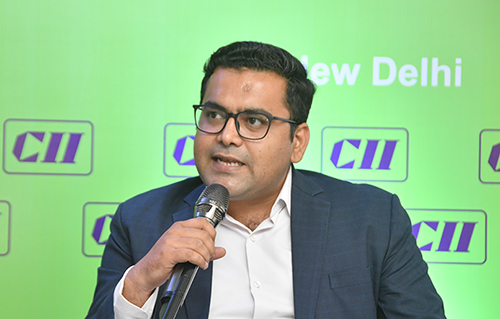A risk management plan is designed to protect organizations from potential threats that could cause negative consequences on their operations. While this serves as a guideline that steers the way a firm prioritizes and addresses risks, it’s not something that should be set in stone. New threats pop up every day, especially in this ever-evolving world, so a risk management plan should be updated regularly to ensure that it remains effective and relevant.
How often a risk management plan should be updated depends on various factors, such as the level of risk involved, the frequency of changes, and the resources of an organization. It can be updated as needed whenever a significant event occurs, but in general, it’s recommended that a risk management plan be reviewed at least annually in organizations.
It should be an ongoing process that’s integrated into different stages of a company’s processes or activities; this means that the steps on how to implement a risk management plan shouldn’t just be limited to the development of risk management strategies and policies.
Why update a risk management plan?
Updating a risk management plan guarantees that the safeguards you’ve designed to combat threats will still be effective in current practices and conditions. It ensures that you’re always prepared and that your strategies are up to date with what’s happening in your workplace and industry; it also puts you in a stronger legal and financial safety net. Updating a risk management plan also enables you to insert learnings from past mistakes so you can reinforce your policies.
For example, your company has now decided to employ reverse logistics in its operations to reduce waste. Your previous risk management plan may not have considered this process, so now you must update it with reverse logistics risk management, especially since this can bring a high level of economic threat to your organization.
When to Update a Risk Management Plan
Generally, it’s best to update a risk management plan at least once every year. This could be done through a scheduled meeting among stakeholders, managers, and relevant teams to monitor new risks and review existing processes and policies, weeding out what doesn’t work and strengthening what does.
That said, you may need to update your risk management plan more often depending on certain events that might occur over the course of the year. Here are some instances when you’d need to rethink your strategies:
Changes in Legislation
A risk management plan also doubles as a means to keep your organization legally compliant, especially in terms of employee and customer safety and security. If there are any changes in relevant laws or regulations, you’ll need to update your risk management plan to ensure that you’re still abiding by legal rules.
Changes in Teams and Tasks
Organizations are dynamic. There will always be changes internally, whether in the personnel or the activities within the firm. Major disruptions will necessitate a review of your risk management plan as you’ll need to consider how your existing processes have changed and accommodate the new threats that may arise from them.
Changes in Business and Environment
External factors are also always evolving, and they can significantly affect your organization. What’s happening in your field or industry may pose new risks for your firm, so you have to stay flexible and up-to-date to identify these potential disruptors and update your policies to treat them.
Final Thoughts
An organization’s risk management plan should keep up with the times. It’s not something that you set and forget; it needs to be regularly developed in order to keep your organization safe from threats and prepared to manage any risks as they evolve.






disqus comments